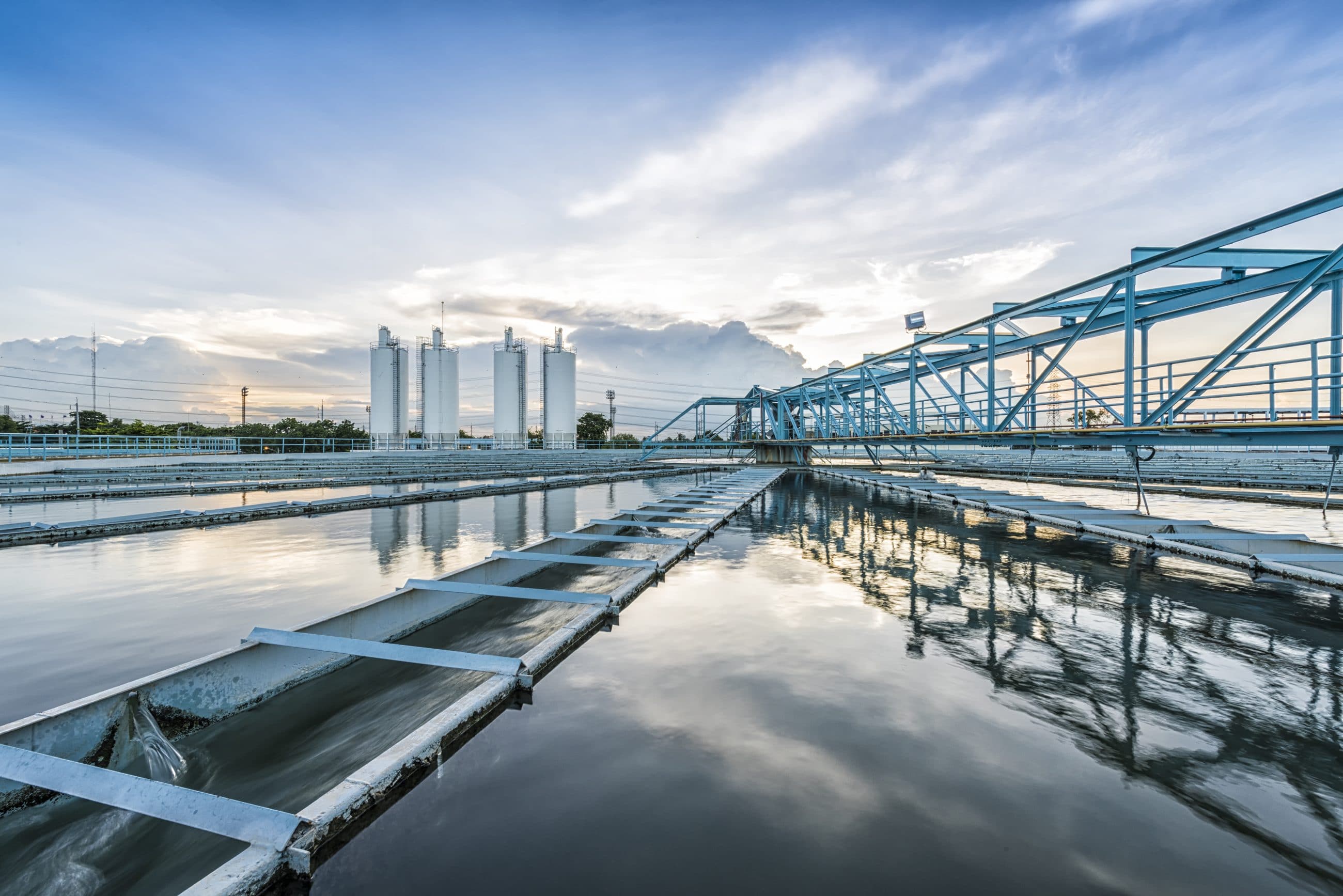Advancements and Advances in Hazardous Waste Water Therapy Technologies
The landscape of industrial wastewater treatment is going through a transformative shift, driven by innovations that improve both effectiveness and sustainability. As governing criteria advance, the combination of AI and device learning into wastewater management systems promises to make certain and simplify operations conformity.
Introduction of Drainage Therapy Technologies
Wastewater treatment innovations include a variety of approaches created to get rid of contaminants from industrial effluents before their launch into the setting. These technologies are critical for keeping eco-friendly equilibrium and making sure conformity with ecological laws. The main classifications of wastewater treatment consist of physical, chemical, and biological methods, each serving unique objectives based upon the nature of the impurities existing.

Biological treatment approaches use microbes to break down natural issue, making them especially effective for organic-rich effluents. Techniques like activated sludge and biofilm activators harness the all-natural deterioration abilities of germs, resulting in significant decreases in biochemical oxygen demand (FIGURE)
Advanced Filtering Techniques
Advanced purification methods stand for an important evolution in the world of industrial wastewater therapy, enhancing the performance of pollutant elimination procedures. Industrial Waste Water Treatment. These techniques encompass a series of technologies, consisting of microfiltration, ultrafiltration, nanofiltration, and turn around osmosis, which supply sequential barriers for different fragment sizes and chemical structures
Microfiltration and ultrafiltration utilize membrane systems to remove suspended solids, bacteria, and bigger natural molecules, improving the top quality of effluent before more therapy. Nanofiltration links the gap in between ultrafiltration and turn around osmosis, effectively getting rid of natural substances and divalent ions, therefore lowering the load on downstream processes.
Reverse osmosis uses the highest degree of purification by enabling just water and small molecules to go through its semi-permeable membranes, making it excellent for redeeming top quality water from industrial effluents. Current developments in membrane innovation, consisting of the growth of more fouling-resistant and resilient materials, have substantially boosted functional efficiency and lowered costs.
Including these innovative purification strategies not only improves the overall therapy process however also contributes to sustainability initiatives by enabling water reuse and resource healing in commercial settings. (Industrial Waste Water Treatment)
Biological Treatment Advancements

Furthermore, the advancement of crafted biological systems, such as membrane layer bioreactors (MBRs), integrates biological therapy with innovative membrane purification. This integration permits greater effluent quality and lowered footprint, making it appropriate for space-constrained industrial facilities. Technologies in genetically crafted microorganisms have actually also emerged, improving the biodegradation of details pollutants, such as drugs and heavy steels, that are generally challenging to remove.
Additionally, the application of bioaugmentation techniques, where valuable microorganisms are introduced to enhance the existing biological therapy processes, has actually shown encouraging cause boosting therapy performance. These advancements collectively symbolize a pattern in the direction of even more lasting and reliable biological treatment techniques that can adjust to the developing intricacies of commercial wastewater streams. As sectors remain to focus on ecological conformity, these biological innovations will certainly play a crucial role in wastewater management.

Resource Healing Approaches
In commercial settings, the assimilation of resource recovery techniques has actually become significantly important for enhancing sustainability and minimizing waste. These approaches focus on drawing out beneficial materials and power from wastewater streams, thus transforming possible toxins into multiple-use resources.
One popular technique is vitamins and mineral healing, where nitrogen and phosphorus, often present over in wastewater, are recorded and exchanged fertilizers. This not only reduces ecological impacts yet likewise offers a circular economic climate remedy for farming applications. Furthermore, innovations such as anaerobic food digestion permit the conversion of organic waste right into biogas, a renewable resource resource that can offset nonrenewable fuel source usage in commercial operations.
Furthermore, progressed filtering and membrane modern technologies promote the recuperation of industrial spin-offs such as steels and salts. These recouped materials can be rehabilitated into manufacturing procedures, decreasing the need for virgin sources.
Future Patterns in Drainage Monitoring
As industries progressively focus on sustainability, the future of wastewater monitoring is set to undertake significant improvements. Technical developments, such as fabricated intelligence and artificial intelligence, will certainly allow more efficient monitoring and monitoring of wastewater systems. These technologies can predict maintenance demands, enhance therapy procedures, and boost decision-making, ultimately reducing operational prices and ecological effect.
Moreover, the combination of circular economy principles will play a crucial duty in wastewater administration. Industries are expected to change towards systems that not only treat wastewater however likewise recover beneficial sources, such as nutrients, water, and energy. This shift will certainly lessen waste and promote the reuse of materials, lining up with worldwide sustainability objectives.
Emerging my response treatment strategies, such as membrane bioreactors and progressed oxidation procedures, will further improve the performance of wastewater therapy, enabling higher quality effluents suitable for reuse. Furthermore, regulatory structures are most likely to evolve, emphasizing stricter criteria for wastewater discharge and motivating industries to take on cutting-edge therapy remedies.
Verdict
In conclusion, the evolution of commercial wastewater therapy technologies shows a substantial change in the direction of improved efficiency and sustainability (Industrial Waste Water Treatment). Technologies additional reading in advanced filtration methods, organic treatments, and source recovery approaches highlight the industry's dedication to ecological stewardship.
The landscape of industrial wastewater therapy is going through a transformative shift, driven by innovations that enhance both performance and sustainability.Wastewater therapy technologies incorporate a range of methods developed to remove contaminants from commercial effluents before their launch right into the environment.Harnessing the power of biological processes has led to substantial innovations in the treatment of industrial wastewater.Furthermore, the implementation of bioaugmentation approaches, where advantageous microorganisms are presented to boost the existing biological treatment processes, has actually revealed appealing results in boosting therapy efficiency. These technologies jointly signify a fad in the direction of even more lasting and efficient organic therapy methods that can look at more info adjust to the evolving complexities of commercial wastewater streams.